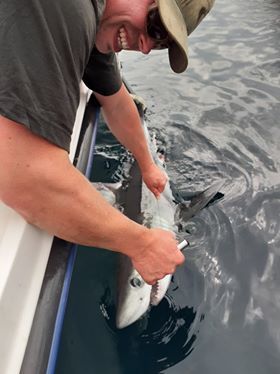
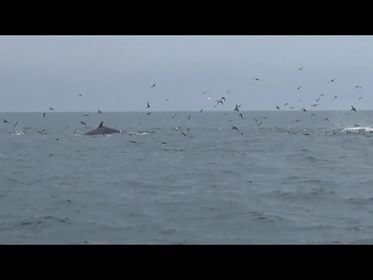
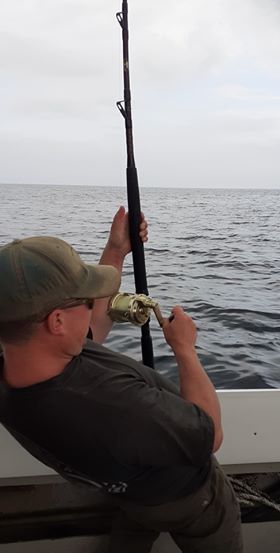
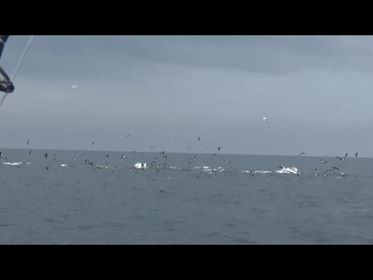
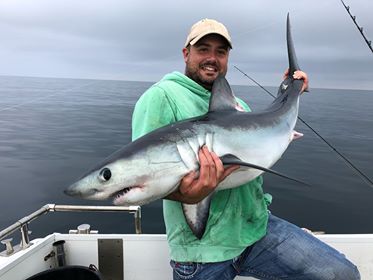
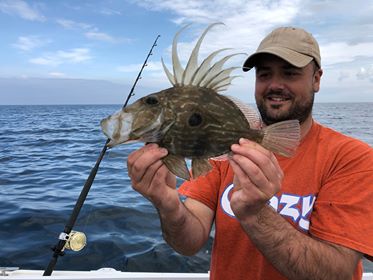
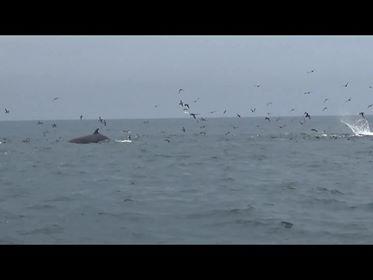
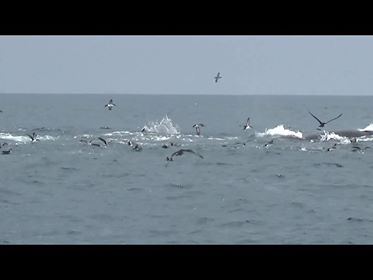
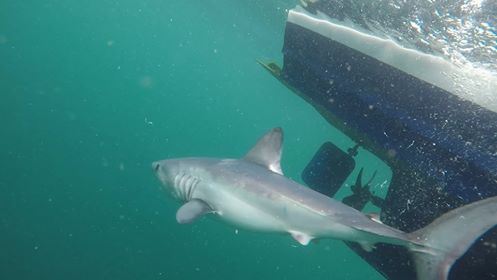
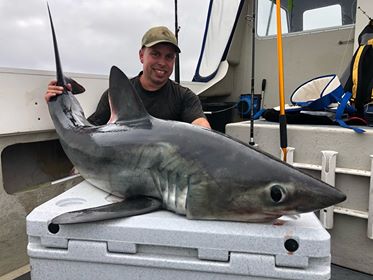
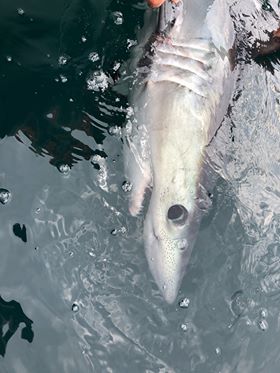
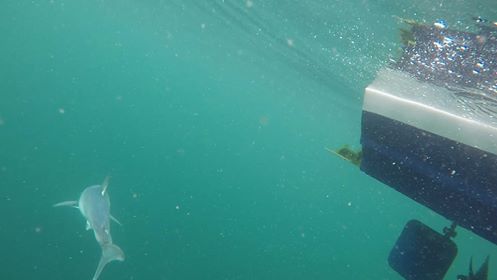












( Below) Danny Hayman fished in Swim 15 (Albert square ) and also black island up on Lodge Lake. Danny had 8 fish out up to 28lb 6oz all fish caught on Nash Scopex squid and Sticky baits krill boilies.
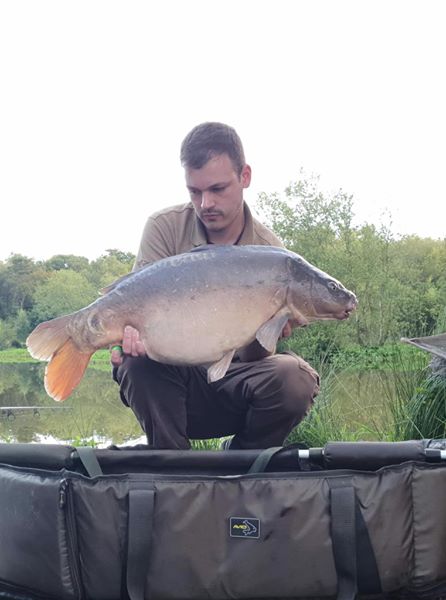
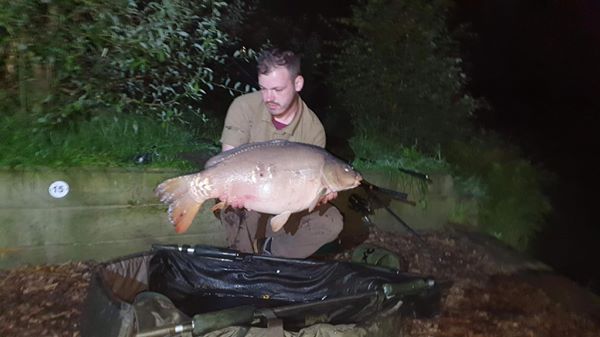
(Bellow) Chris Sansome fished up on swim 6 (the outlet) on lodge lake.
Chris smashed his personal best 3 times in this session ! Including a 30lb 1oz and then a 33lb 3oz all caught on Vader baits.
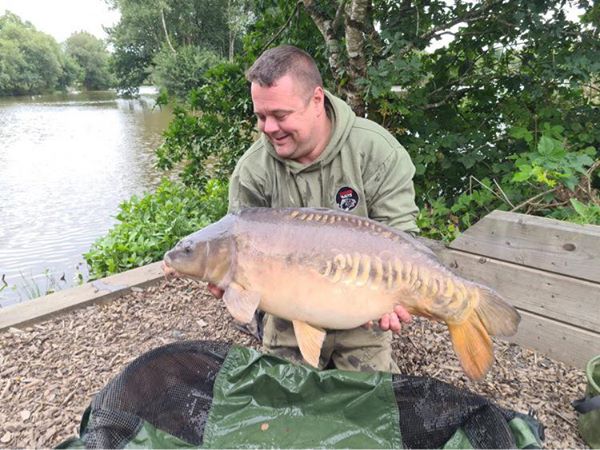
(Below) Stephen Smith who had 5 fish out from the inlet swim on Beatties lake up to 24lb 2oz all caught on Sticky baits krill over Manilla and house pellets soaked in red krill glug.
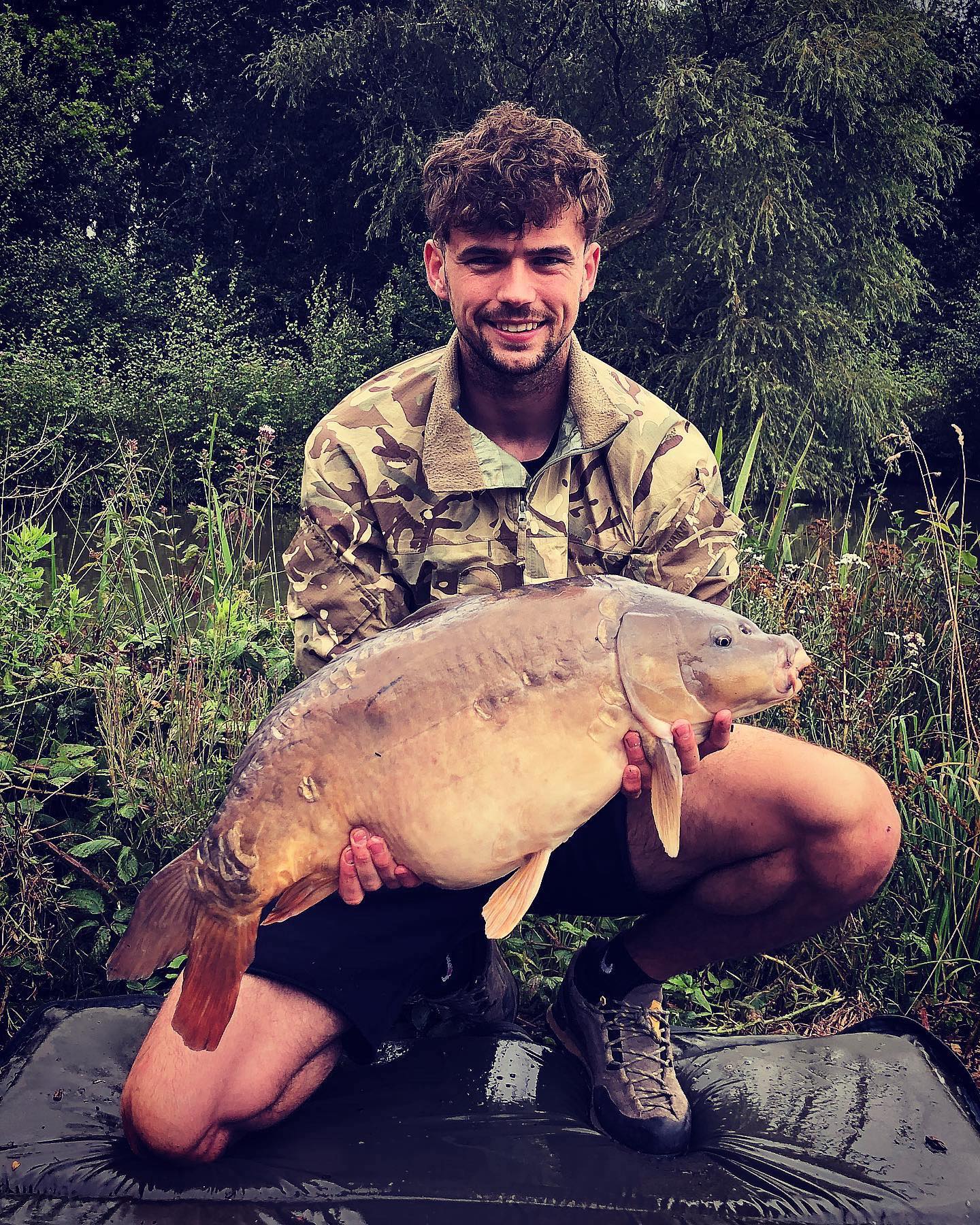
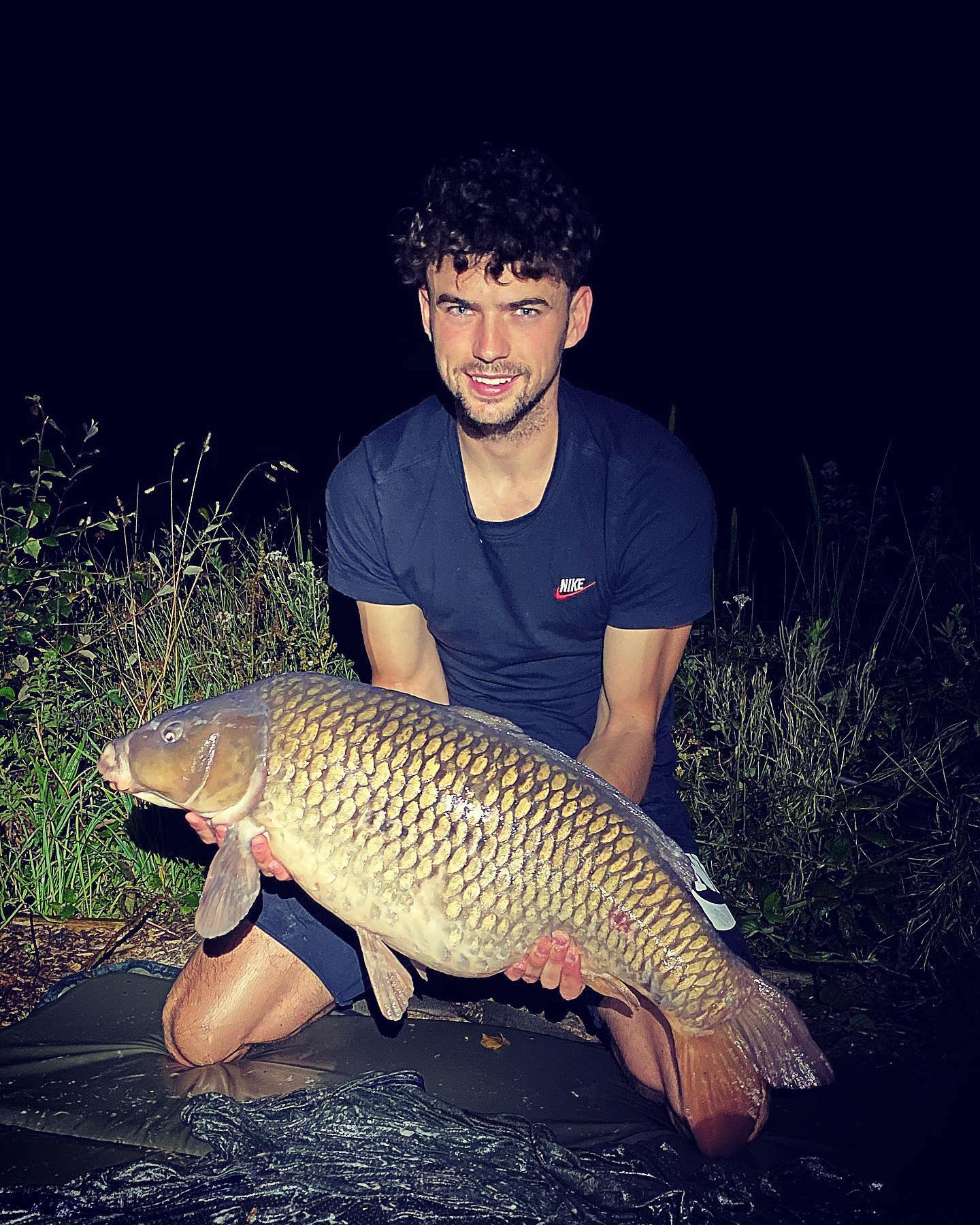
(Below)Nigel Bassett had 7 fish out up to 27lb from swim 11 (beach 2 ) up on lodge lake, all caught on Sticky baits Manilla boilies.
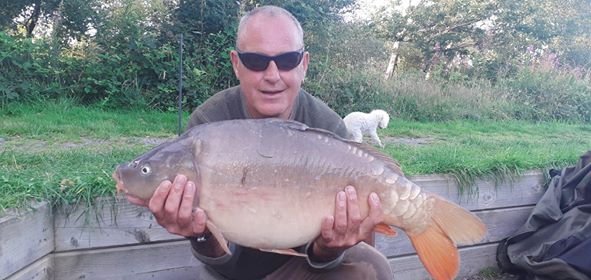
One of angling greatest joys is introducing your children to the joys of angling. Damion Babb took his daughter Imogen to Anglers Paradise Day ticket Eldorado catfish lake where she caught a fine cat of 20lb 12oz. “Wow my girl with her cat that she wanted 20lb 12oz & she had a right old fight with it so proud of her”.
The fish won Imogen the complexes Fish off the Month Competition!
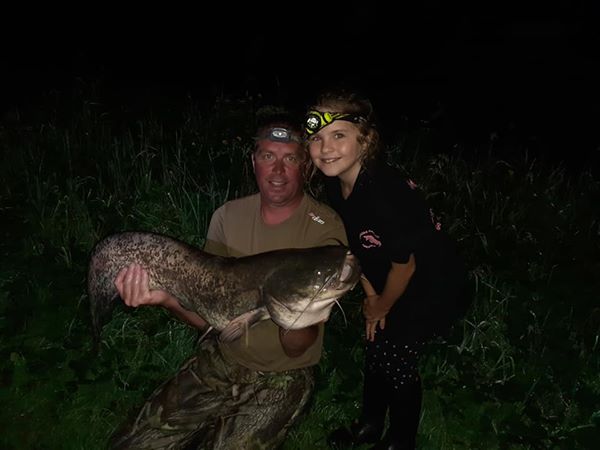
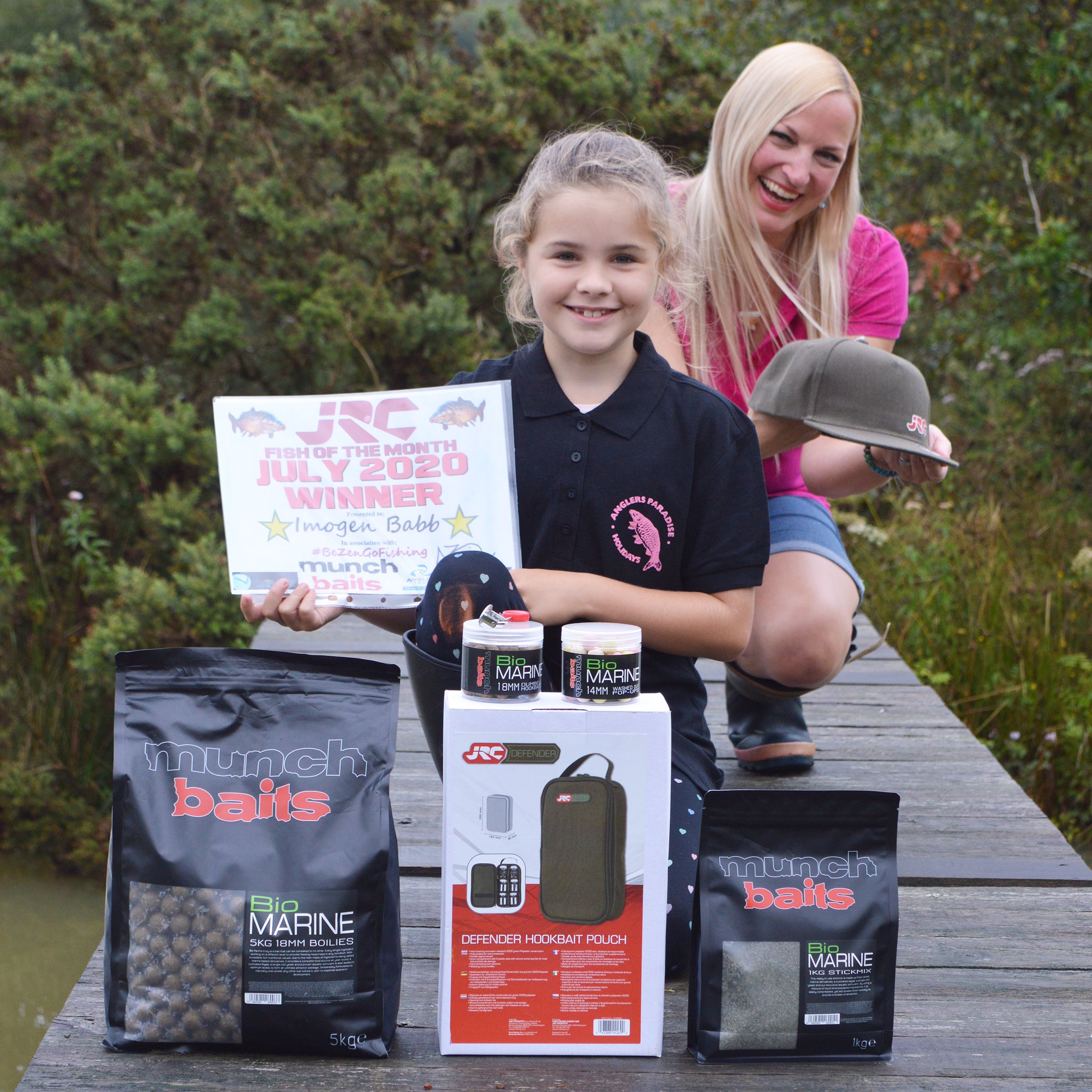
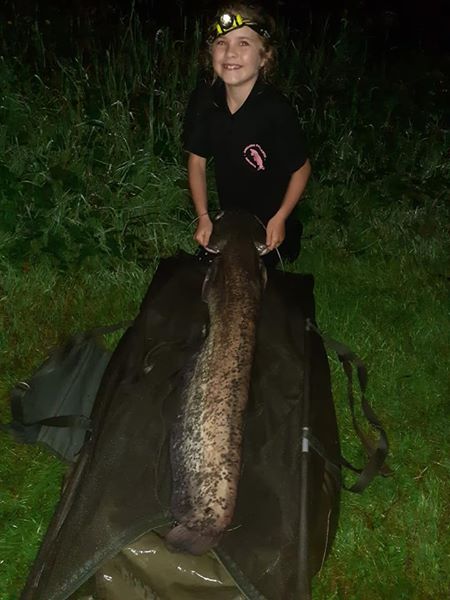
Bruce Elston and John Hughes enjoyed success with the catfish at Anglers Paradise’s day ticket Eldorado Catfish Lake.
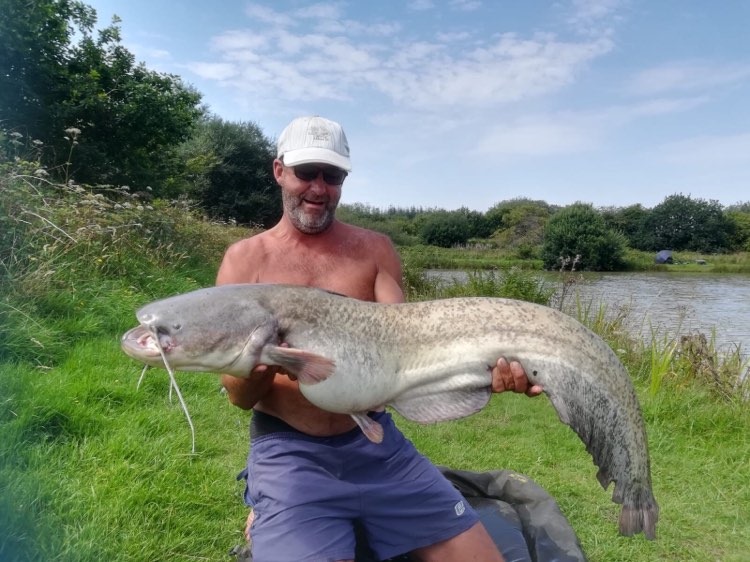
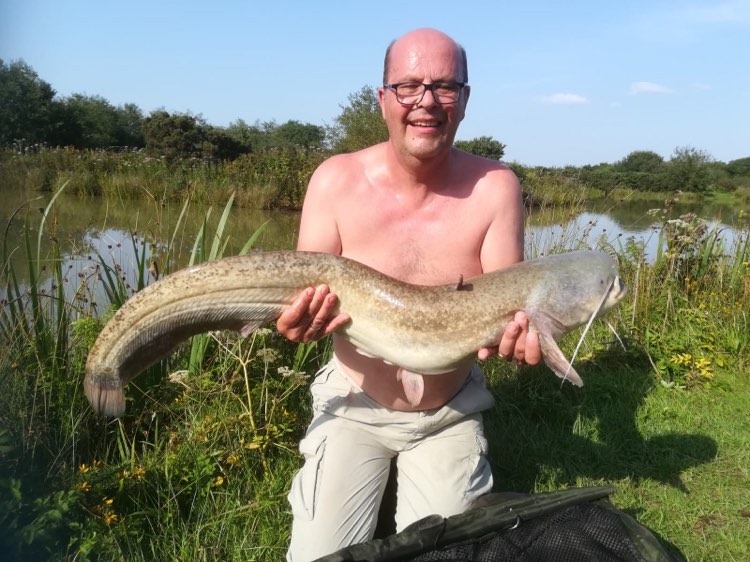
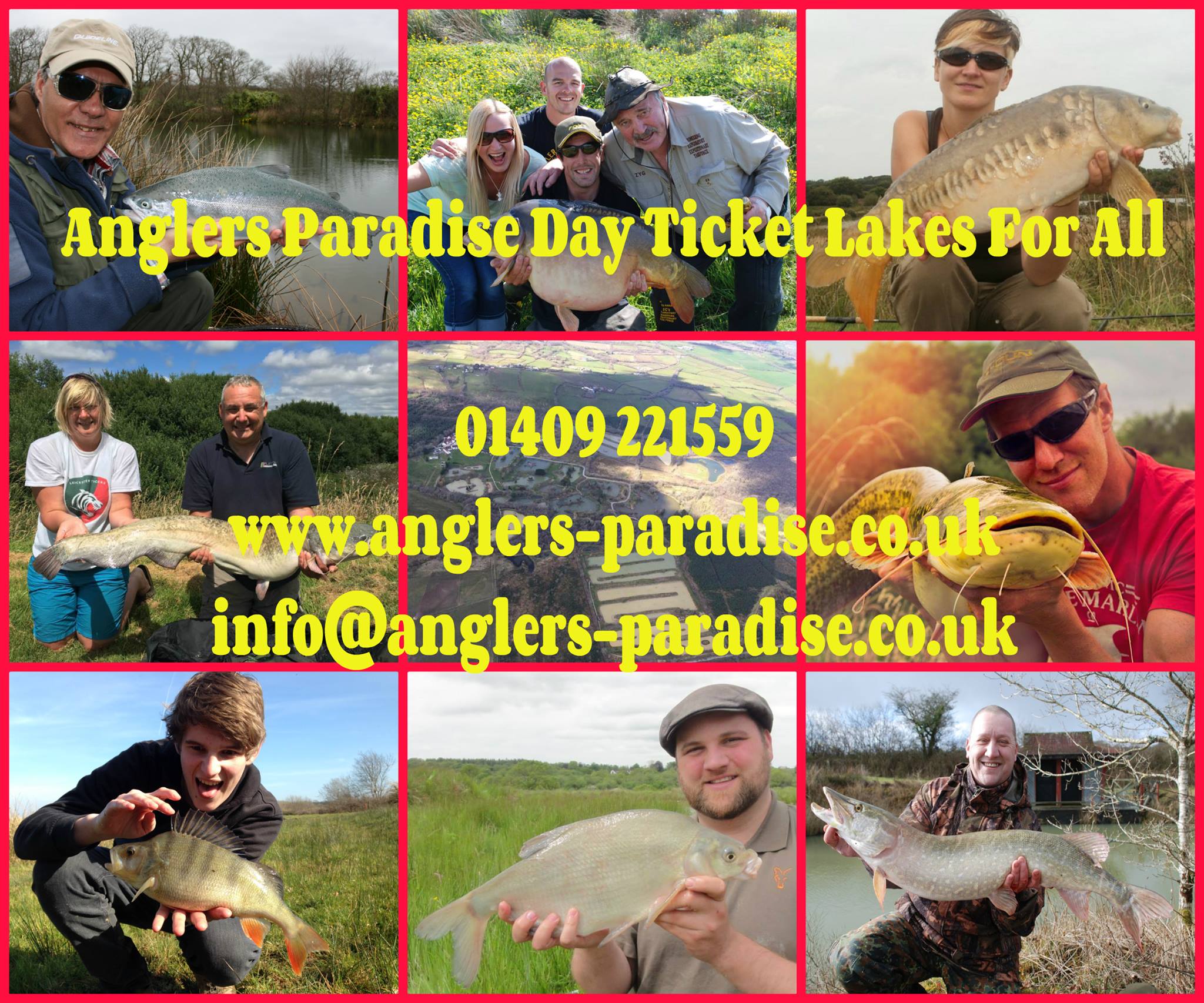
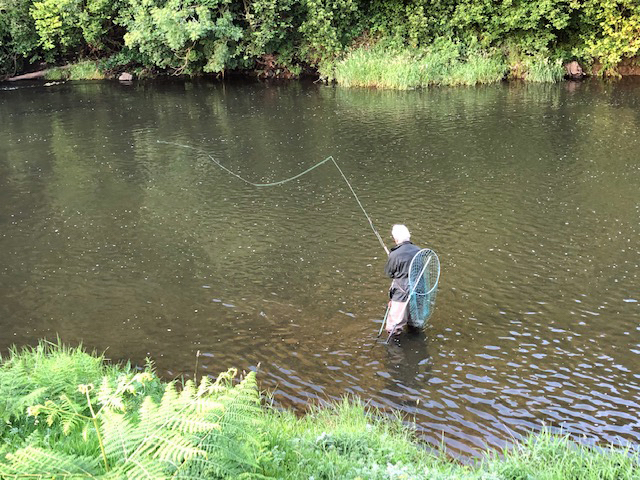
See Below message from Alex Gibson of the River Taw Fisheries Association. I have repeatedly stressed the need to report incidents and concerns to the relevant bodies. It is sadly true that they may do nothing but at least our concerns are registered and if there is enough concern shown then just maybe something will be done.
The River and the Estuary; the EA and IFCA
While the cat’s away the mice will play.
As you all know our EA Enforcement Officer, Paul Carter, retired earlier this year. As things stand it is not clear when or indeed if he will be replaced. This presents us with a major problem not just for the river, but also for the estuary. Paul was cross-warranted to IFCA.
It is therefore even more important than ever for members to report pollution, poaching, illegal abstraction and other untoward events on the river as well as suspicious fishing activity including fixed long lines on the estuary where no netting is permitted except for sand eels. By putting reports into the EA we will demonstrate the importance of having an EA enforcement officer on our river. IFCA which is Brixham based with no North Devon presence or cross-warranting currently will send officers to the estuary to look into illegal fishing activities if there is appropriate intelligence information.
Devon & Severn IFCA (Brixham) 07740 175479
Alex Gibson
DIRTY WATERS – My Personal view – Wayne Thomas
I was wading down through the River Torridge a few weeks ago with a good height following heavy rain. I enjoyed my couple of hours swinging the fly across well known lies but I was down hearted by the lack of response in near perfect conditions. As I walked the river I struggled to get a grip on the slippery stones. It was as if the river bed had been coated in a layer of grease and eventually I lost my footing and fell heavily onto the stones. Fortunately my pride took the biggest blow and I fished on with a wet arm vowing to buy a new set of studs for my waders.
Last night I was wading the foreshore casting for bass waring the same waders and I reflect now that the rocks were not slippery. They were not coated in a film of slime like those in the river. Reading the article in the Guardian below I can relate to how our rivers are sadly being allowed to decline. It is a sad story and we must do all we can to stem this sad decline born of neglect and lack of focus. We must put this higher on the political agenda for surely the health of our river and environment is priceless?
I grew up in the village of Combe Martin and fished the River Umber that is the heart of the long valley that I once called home. Precious childhood memories abound of a stream full of life, crimson spotted brown trout with bellys of buttercup yellow hues. Elvers ascended the river in early summer and could be found under every stone close to the rivers mouth. I was chatting with a fellow villager a few weeks ago and he related to the river of our youth. “Don’t see any trout in the river these days, not since the sewage works was built up river”. The sewage works was of course built to end the disgusting practice of discharging effluent directly into the sea. I can well remember the turds floating in the sea at Camels Eye close to the outfall. Whilst this was not an ideal situation and not acceptable I sometimes wonder if we have just hidden the problem shifting the issues. Investment is of course the answer but who pays?
In a corrupted world it is the environment that pays the price. But eventually we will create a vast cesspit and from what I have seen with the litter left strewn around there are those who would not mind this.
See below link to an article that recently appeared in the Guardian.
Wayne Thomas
Its alarming how fast time and life fly’s past and the latest uncertain times have not slowed anything down. It was good to be heading down to Penzance with James and Rob for our annual pilgrimage in search of shark off the tip of Cornwall. As always a constant monitoring of the weather forecast preceded the trip and for once it seemed that luck was on our side with winds forecast to drop away to a light southerly on the day of the trip.
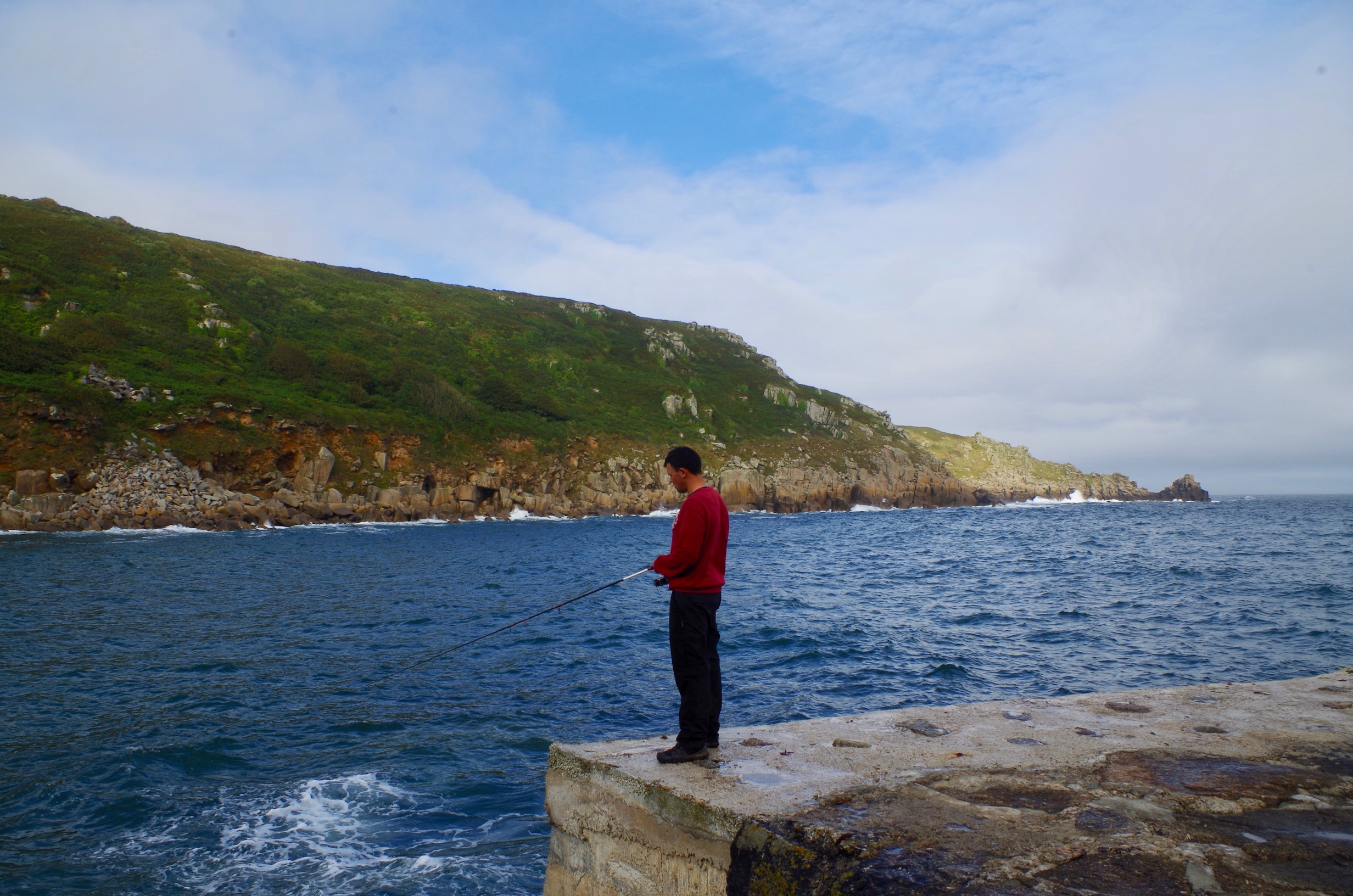
We planned to revisit a well known cove close to Penzance on the day before our boat trip. We had enjoyed an enjoyable session there twelve months ago when a calm sea and sunny skies had greeted us. Twelve months on it was a grey and breezy day with steady drizzle. Huge waves surged against the headland and plenty of weed floated in the water.
Lures were launched from the old granite jetty and as the tide flooded a few fish started to come to the shore. James went for a walk to the headland and took a refreshing swim whilst Rob and I persevered with the lures. Mackerel and small pollock put a pleasing bend in light rods and it was great to be away from life’s trials and tribulations.
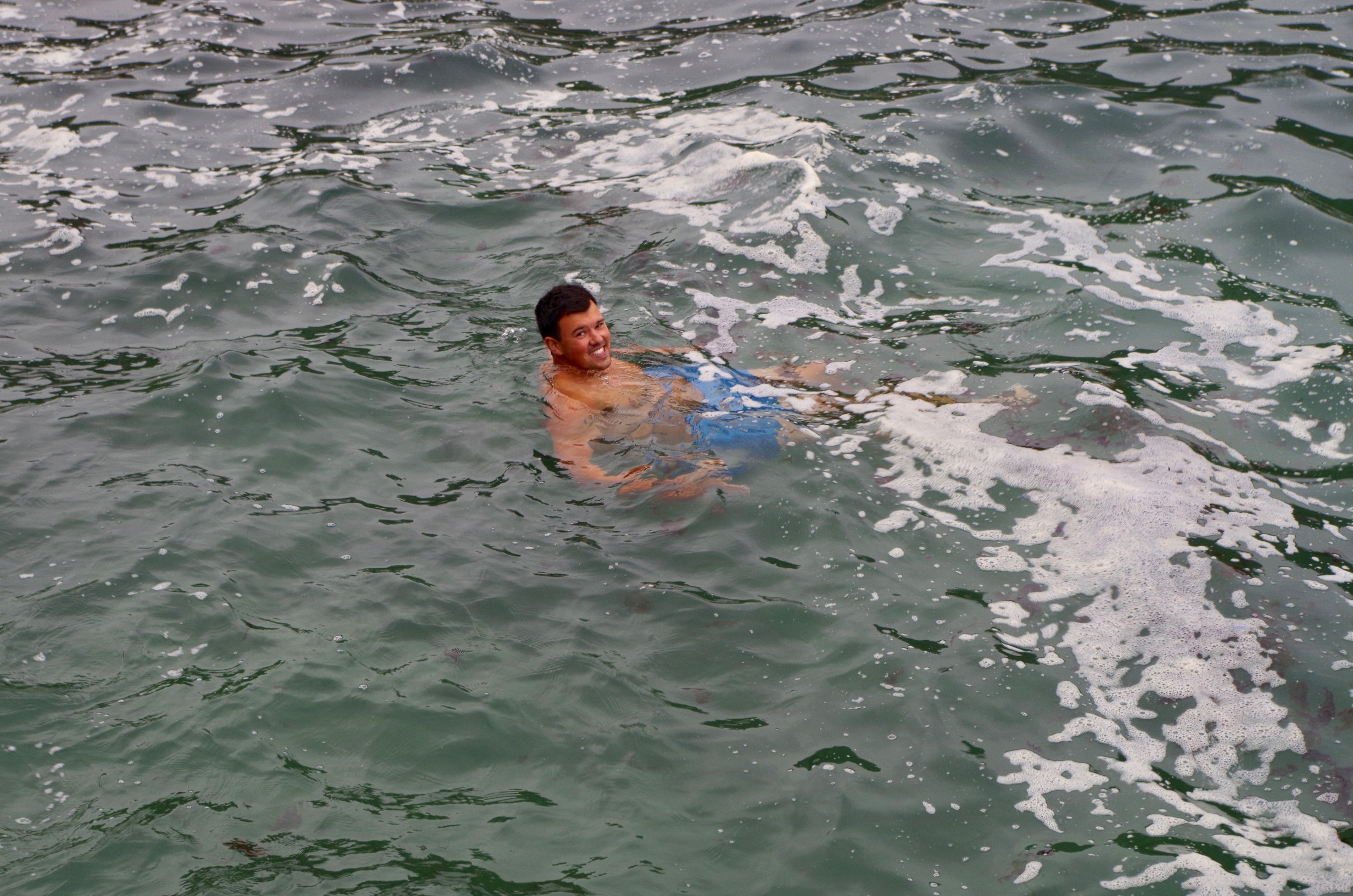
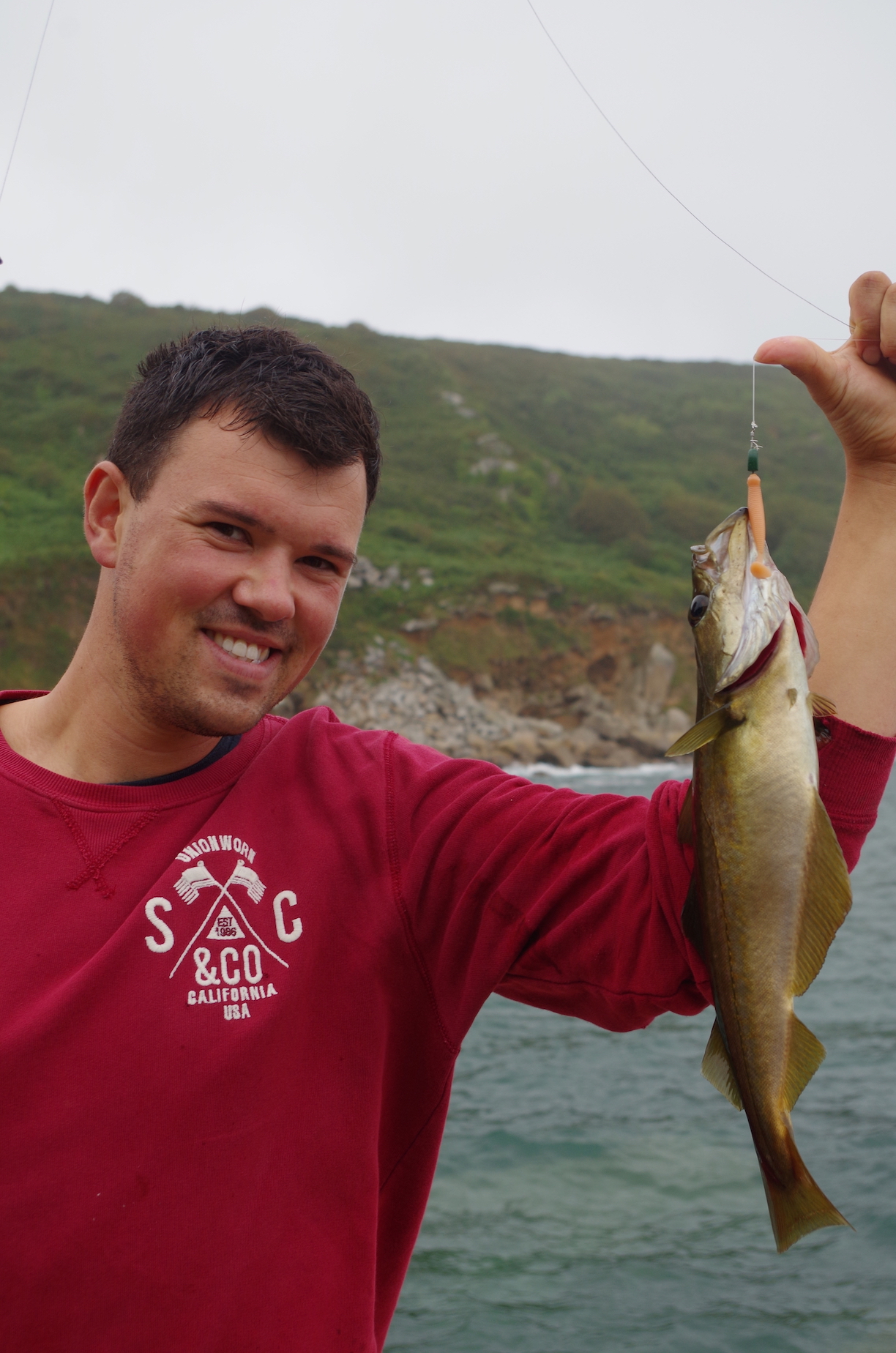

We returned to Penzance to enjoy a delicious meal where we were staying at the Lugger Inn on the promenade. There was of course much talk of pandemics and its devastating effect on the economy and daily life. In this strange world of masked shoppers, sanitiser and social distancing it was good to relish the thought of heading out to sea.
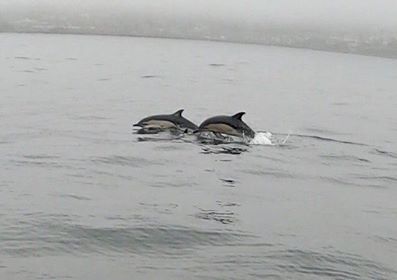
After grabbing breakfast and hot coffee at Mc Donald’s we joined Jason Barrow and Bruce Elston on the quayside to board Bite Adventures, one of Cornwall’s top Charter boats. By 8:30 we were feathering for mackerel in the calm waters of the bay. It was a misty morning that seemed surreal as dolphins materialized all around the boat gracefully swimming within just a few yards. Whilst we wanted to grab our camera’s Chippy was urging us to get to work catching bait for the day ahead. We listened intently as Chippy told the tale of the huge tuna hooked the previous day. The resurgence of tuna in Cornish waters is an exciting development. It is frustrating that it is illegal to target these splendid game fish that could support a thriving sport fishing venture. The tuna are classed as an endangered species yet it is not catch and release sport fishing that will lead to the loss of these fish in our waters. The tuna have returned to Cornish waters because the pilchard have returned. The commercial fishery is of course reaping a harvest of many hundreds of tons each day. How long before we have once again allowed the decimation of a fishery repeating once again the mistakes of the past? Do those in power not understand that the food chain needs to be healthy if the prime species at the top are to prosper? Sustainable fishing is of course the answer fishing methods need to be restricted to prevent overfishing.
After 1.5 hours we reached the sharking grounds close to thirty miles off the coast of West Cornwall and within minutes of stopping the engines we were to witness the memorable sight of tuna leaping several feet from the water. The deep and mysterious waters off the West Country Coast hold many secrets and this is perhaps one of the greatest attractions of shark fishing for anything can turn up in these waters. Recent sightings have included minke whales along with the tuna and dolphins.
A misty gloom created an eerie atmosphere as Chippy pointed out the towering shadow of a giant tanker at anchor. Perhaps at rest as economic turmoil sweeps across the world.
The rubby-dubby sacks in position releasing a pungent slick of fish fragments and oils we started our drift. Lots were drawn to see who would go first. Baited feathers were then sent to the depths to catch whiting hook-baits. Plump whiting were hauled to the surface along with numerous gurnards that were immediately sent back to swim from whence they had come.
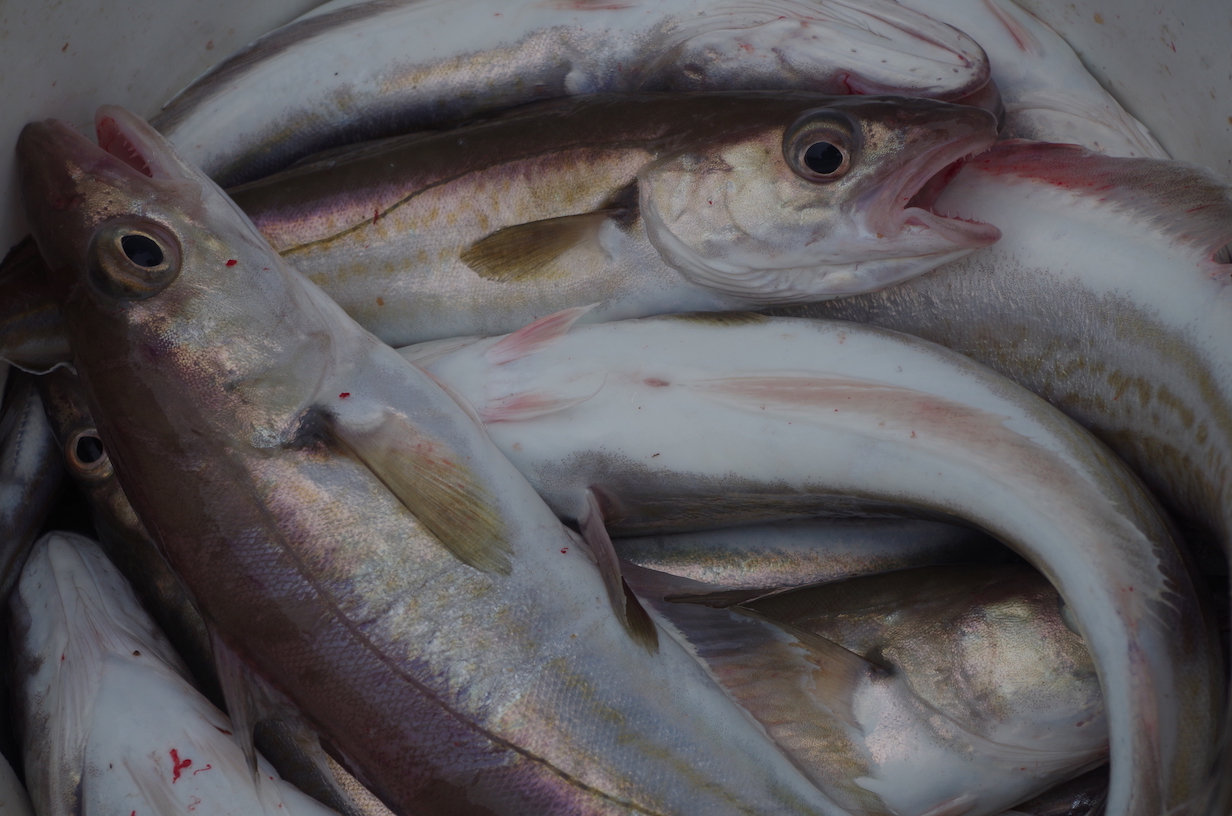
Rob had drawn number one in the draw and it wasn’t long before the float plunged beneath the waves and the reel screamed its warning. And so the day unfolded as we drifted through the day. Periods of tense anticipation between runs then quite frequently two sharks at once in frantic periods of action. Chippy expertly advising us where to dodge as we successfully managed to avoid tangled lines. The sharks were brought to the side of the boat and quickly unhooked using the T-Bar to dislodge the circle hook. Three shark of around 90lb were brought onto the boat for a quick photo providing a lasting memo of a special day.
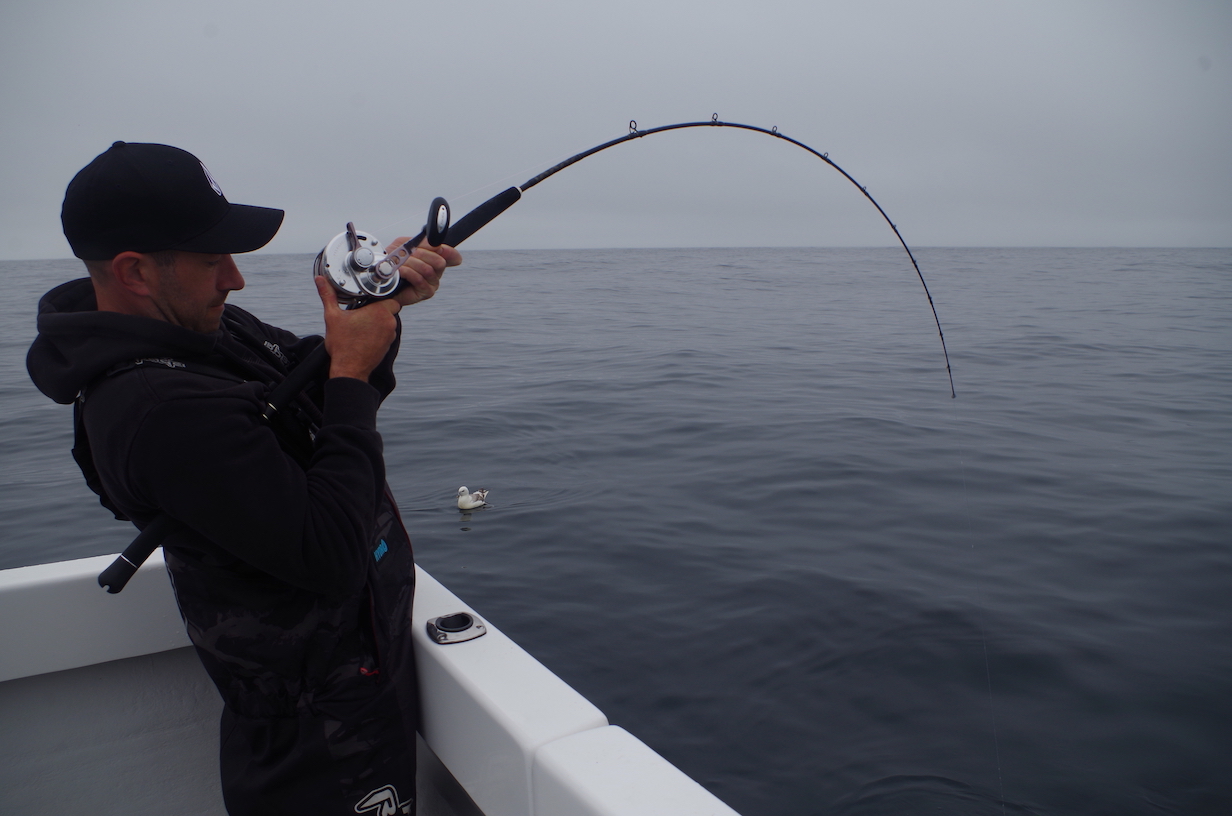
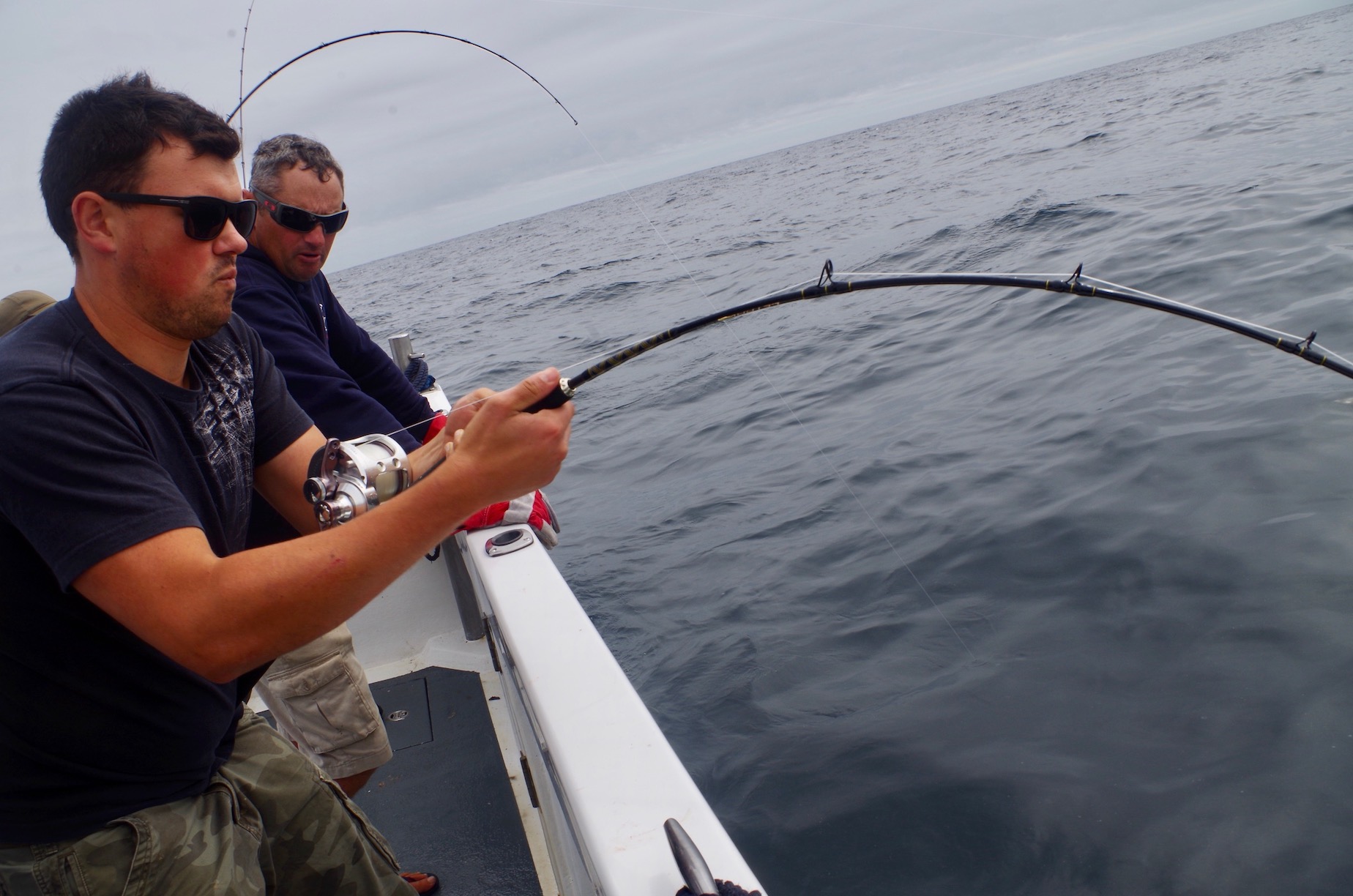
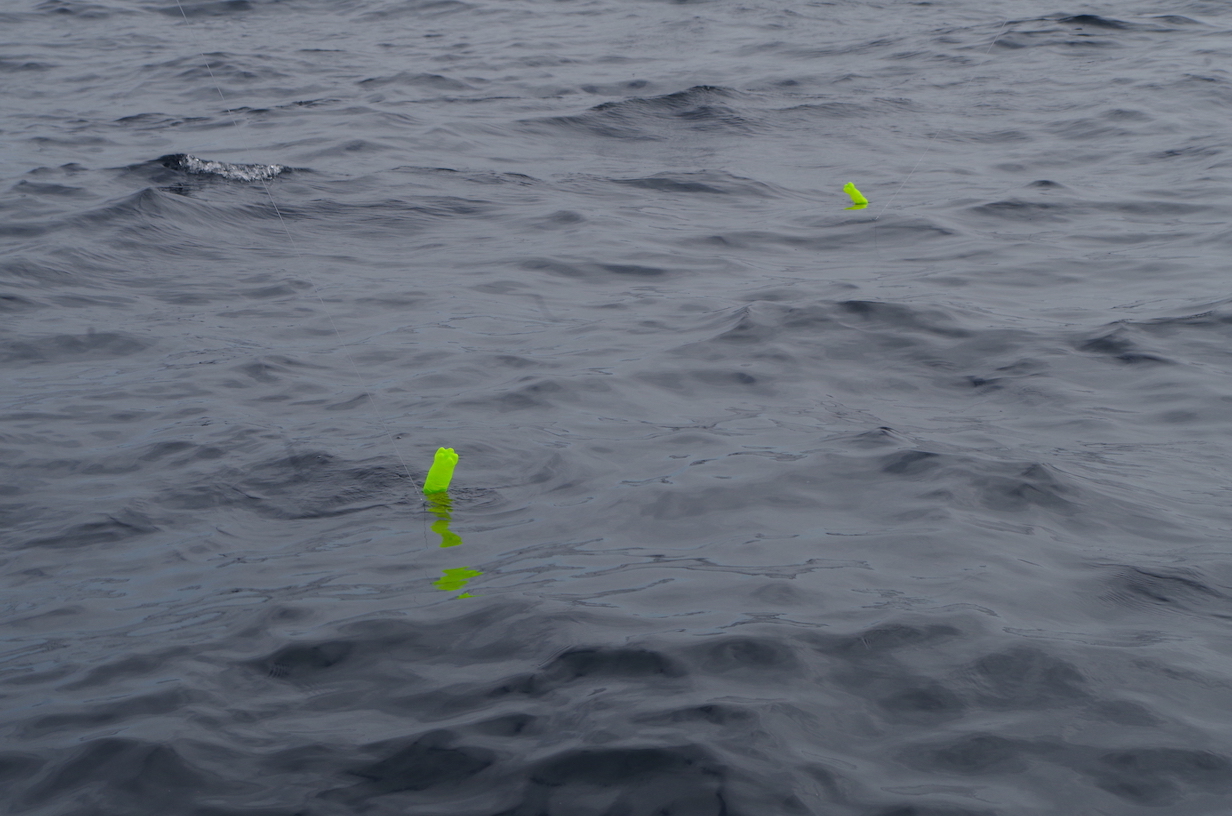
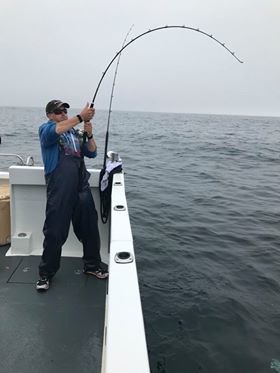
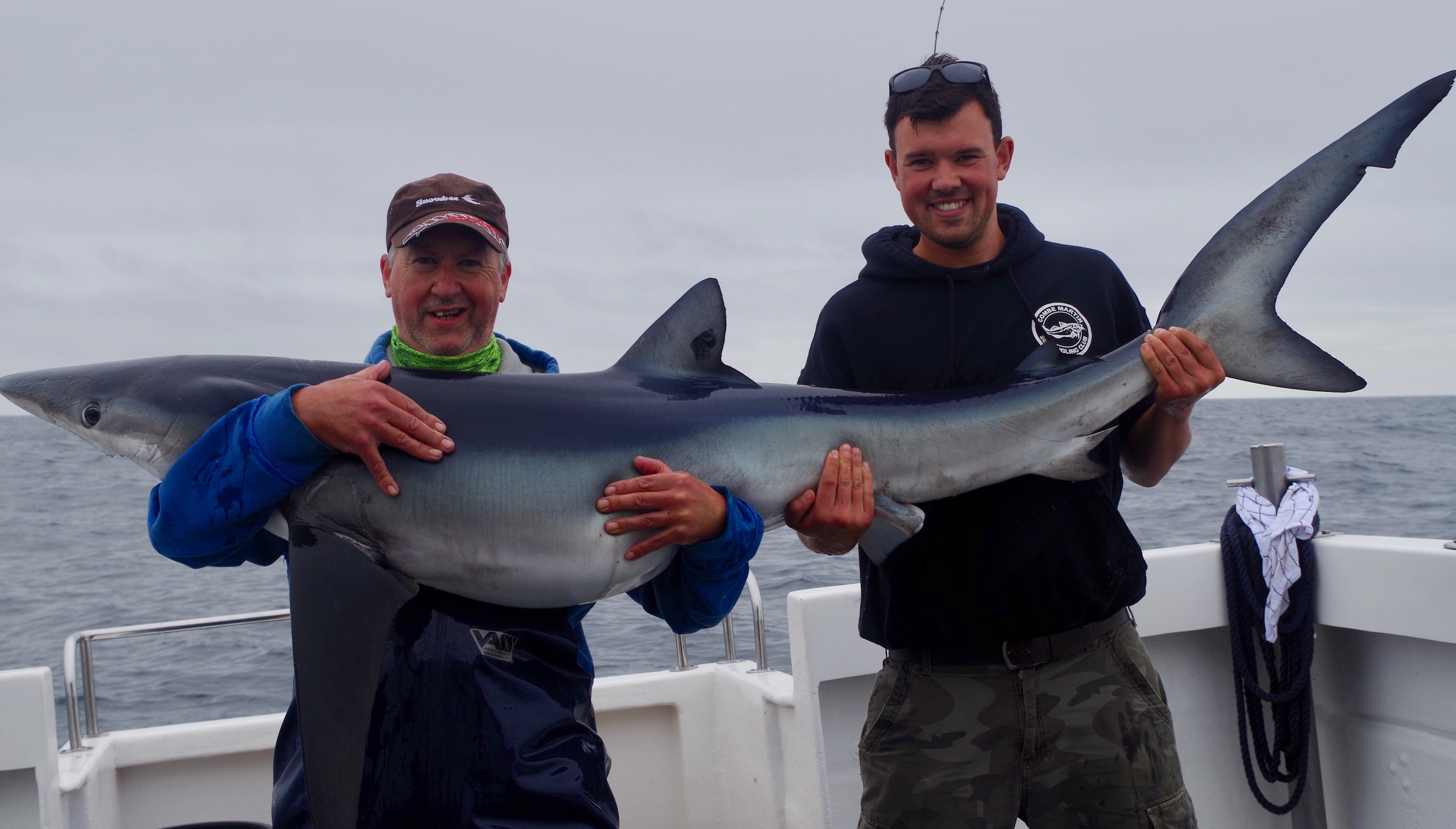
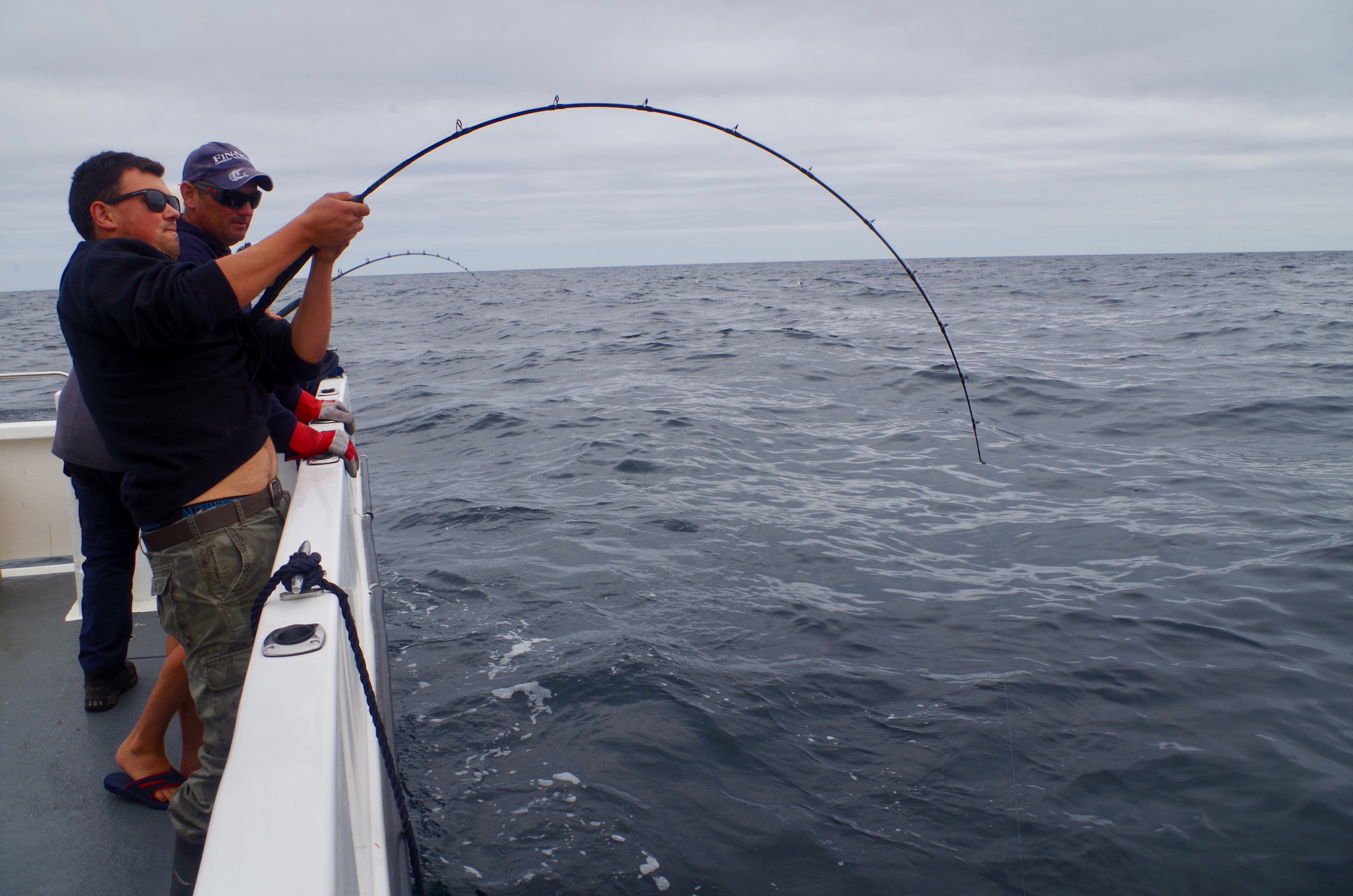
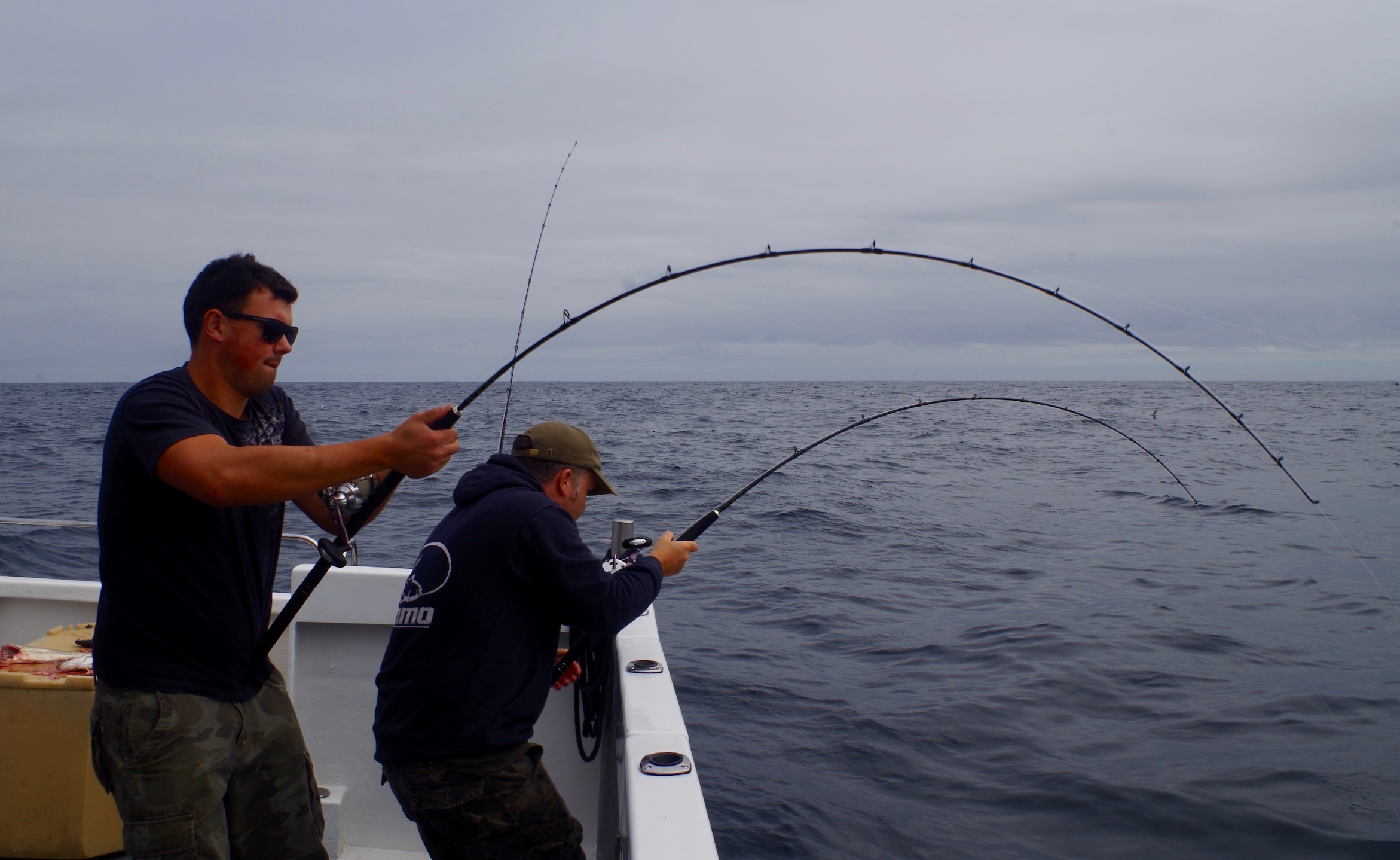
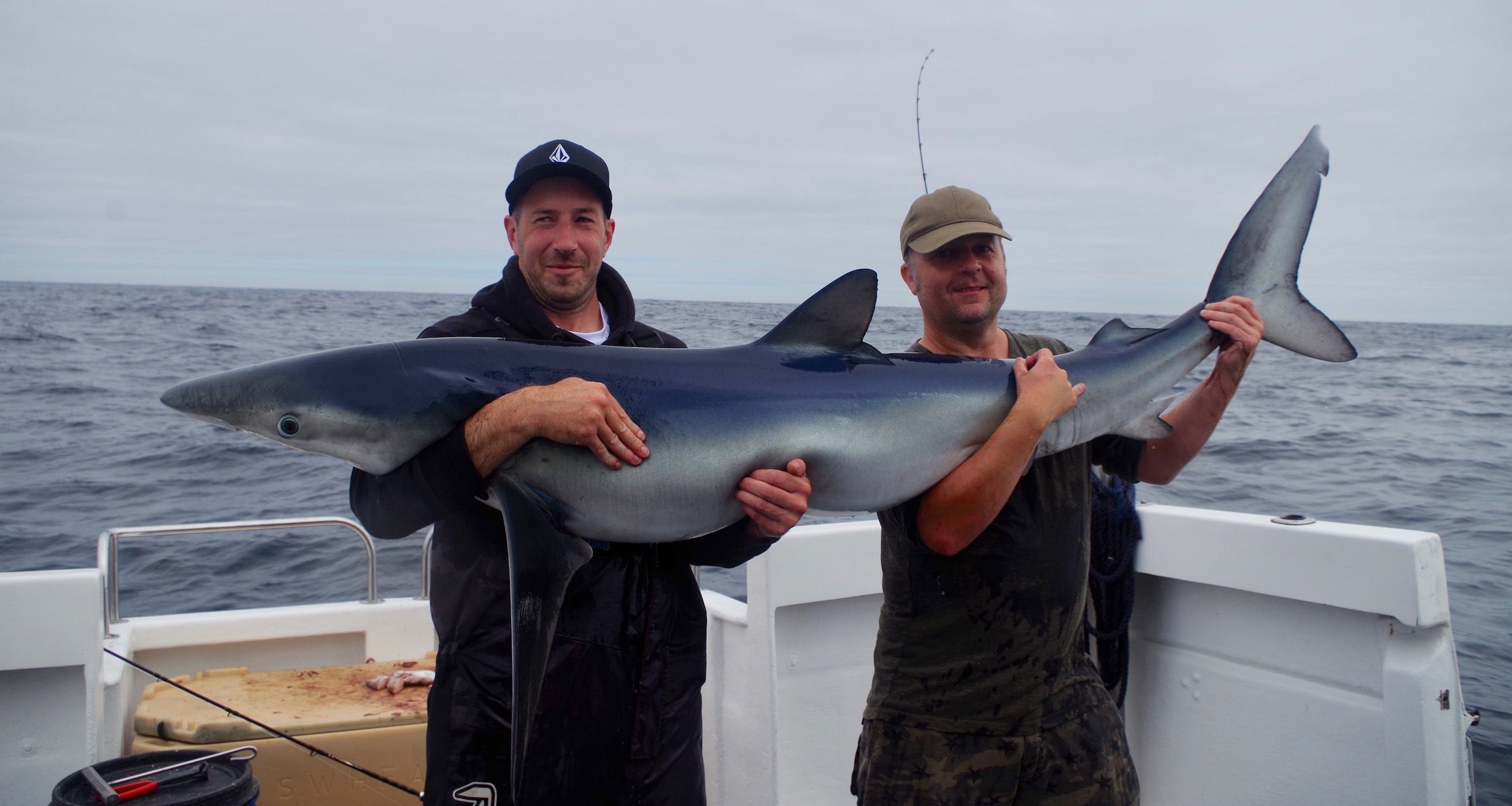
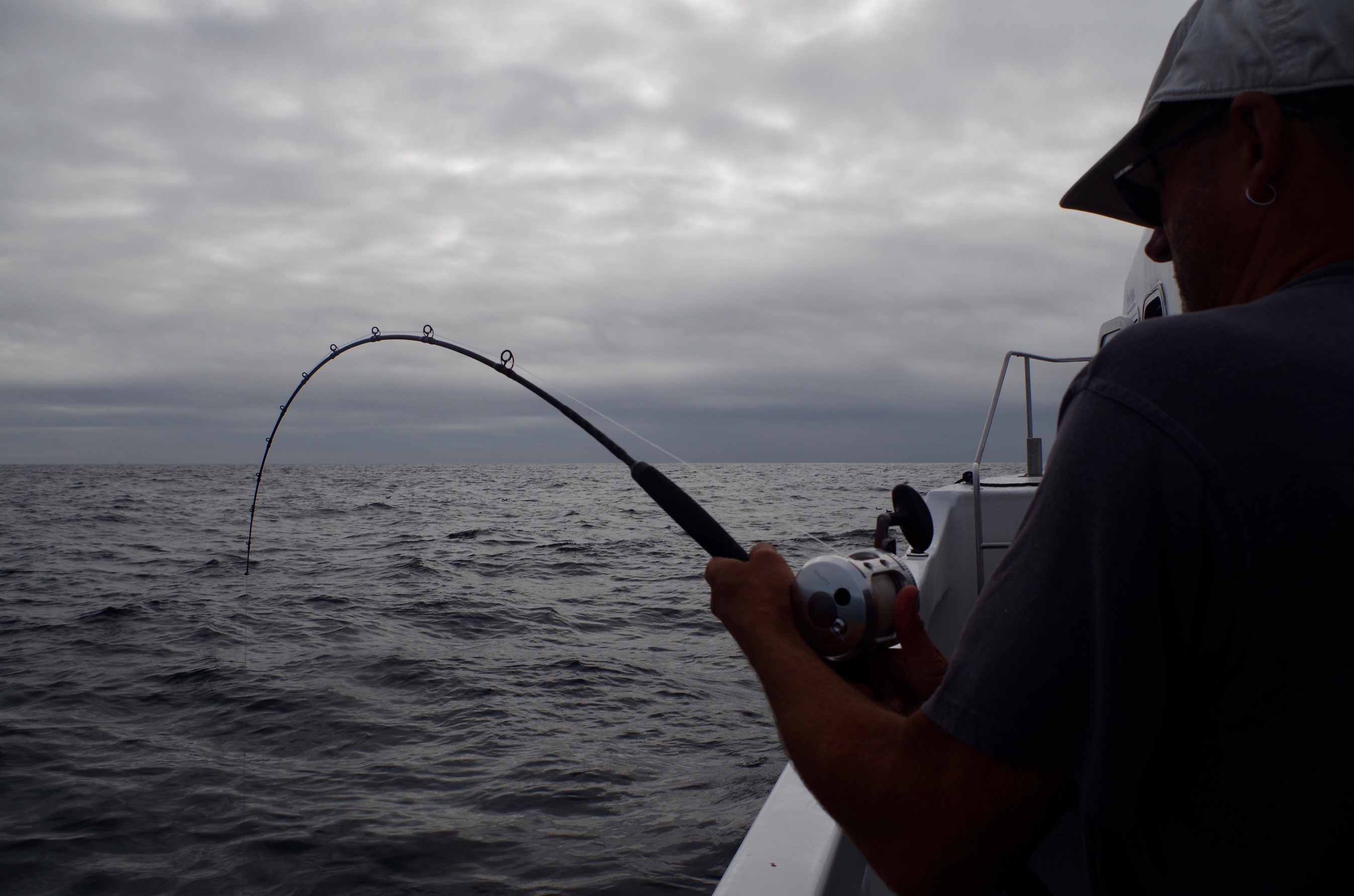
Gannets, storm petrels, an artic skua, fulmars and the more common seagulls kept us company throughout the day. Grey skies stretched to a far horizon; rods bent in frequent encounters with streamlined blues.
By the end of the days fishing we had caught 26 shark most between 60lb and 70lb with three of them estimated to be up around 90lb.
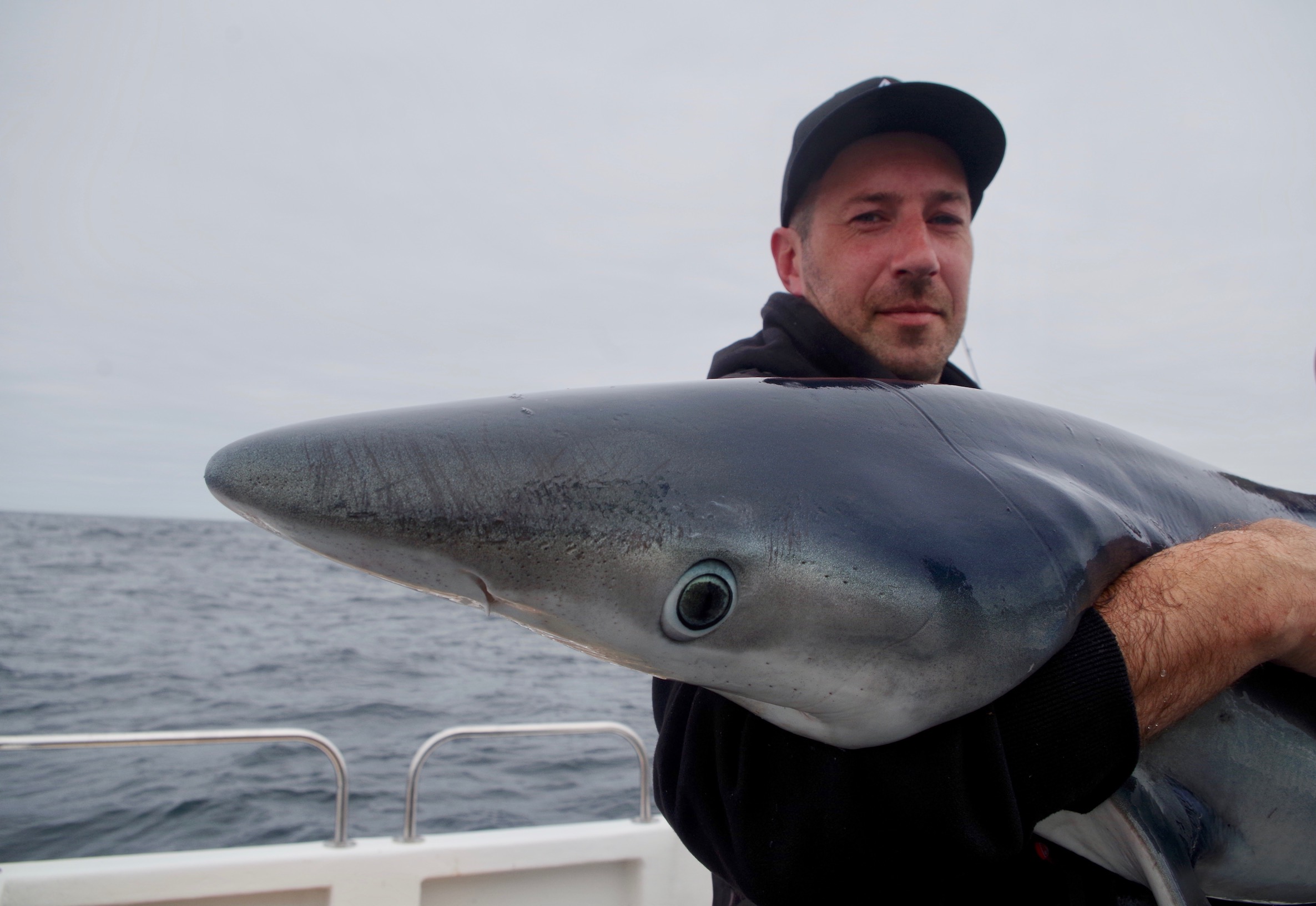
We bounced back over a slight swell to Penzance all cherishing memories of great day afloat and looking forward to the next out on Cornish waters.
I am delighted to have a feature on Wimbleball Reservoir included in the latest edition of Exmoor Magazine. The new issue which is being delivered to the shops between now and mid August. Find out more about the magazine at facebook.com/exmoormagazine and www.exmoormagazine.co.uk.”